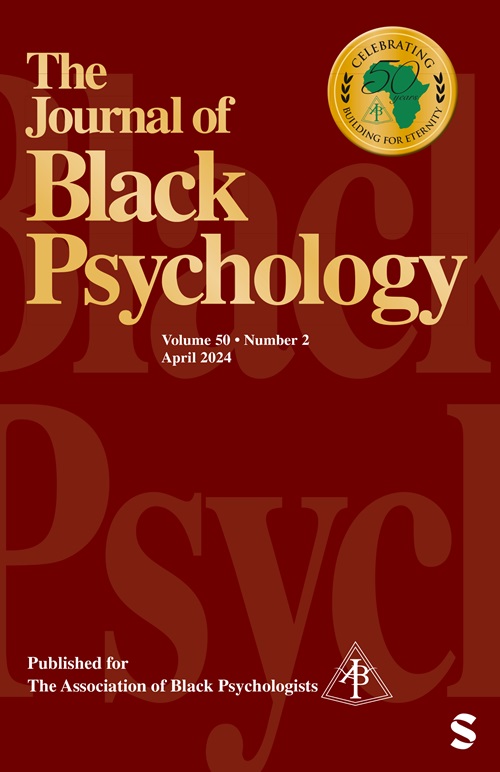How Variations in Behavior and Phenotype Affect In-Group Stereotyping and Belonging Among African American Adolescents and Emerging Adults
IF 2.2
3区 心理学
Q2 PSYCHOLOGY, MULTIDISCIPLINARY
引用次数: 1
Abstract
The present study based on social identity theory and phenotypic bias models examined how variations in phenotype and behavior related to in-group belonging and stereotyping for African American adolescents and emerging adults. Although ethnic-racial typicality is often considered as either phenotypic or behavioral, little research has investigated the interaction of these two dimensions. Forty African American high school students (Mage = 15.38, SD = 0.81) and 42 college students (Mage = 19.55, SD = 1.35) watched animated clips of African American male characters varying in typicality. Participants rated the character’s stereotypical traits, academic potential, and likelihood of intraracial group belonging. Results showed that characters who were stereotypical in behavior were rated with higher averages of stereotypical traits, lower averages of counterstereotypical traits, and more likely to belong than were characters with less-typical behaviors. There was also an interaction between a character’s behavior and phenotype for judgments of academic potential among high school students, but not college students. Theoretical and practical implications of these findings for African American youth are discussed.行为和表型的变化如何影响非裔美国青少年和初成人的群体刻板印象和归属感
本研究以社会认同理论和表型偏见模型为基础,研究了非裔美国青少年和初成人的表型和行为变化与群体内归属和刻板印象的关系。尽管种族间的典型性通常被认为是表现性的或行为性的,但很少有研究调查这两个维度的相互作用。40名非裔美国高中生(Mage = 15.38, SD = 0.81)和42名大学生(Mage = 19.55, SD = 1.35)观看了不同典型非裔美国男性角色的动画片段。参与者对角色的刻板特征、学术潜力和种族内群体归属的可能性进行了评分。结果表明,与行为不典型的人相比,行为典型的人的典型特征平均值较高,反典型特征平均值较低,更有可能属于群体。在高中生对学术潜力的判断中,角色的行为和表现型之间也存在交互作用,而在大学生中则没有。讨论了这些发现对非裔美国青年的理论和实践意义。
本文章由计算机程序翻译,如有差异,请以英文原文为准。
求助全文
约1分钟内获得全文
求助全文
来源期刊

Journal of Black Psychology
PSYCHOLOGY, MULTIDISCIPLINARY-
CiteScore
8.00
自引率
5.80%
发文量
22
期刊介绍:
The Journal of Black Psychology publishes scholarly contributions within the field of psychology toward the understanding of the experience and behavior of Black populations. This includes reports of empirical research and discussions of the current literature and of original theoretical analyses of data from research studies or programs. Therefore, the Journal publishes work in any of the areas of cognition, personality, social behavior, physiological functioning, child development, education, and clinical application, in addition to empirical research and original theoretical formulations outside traditional boundaries, all integrated by a focus on the domain of Black populations and the objective of scholarly contributions.
 求助内容:
求助内容: 应助结果提醒方式:
应助结果提醒方式:


